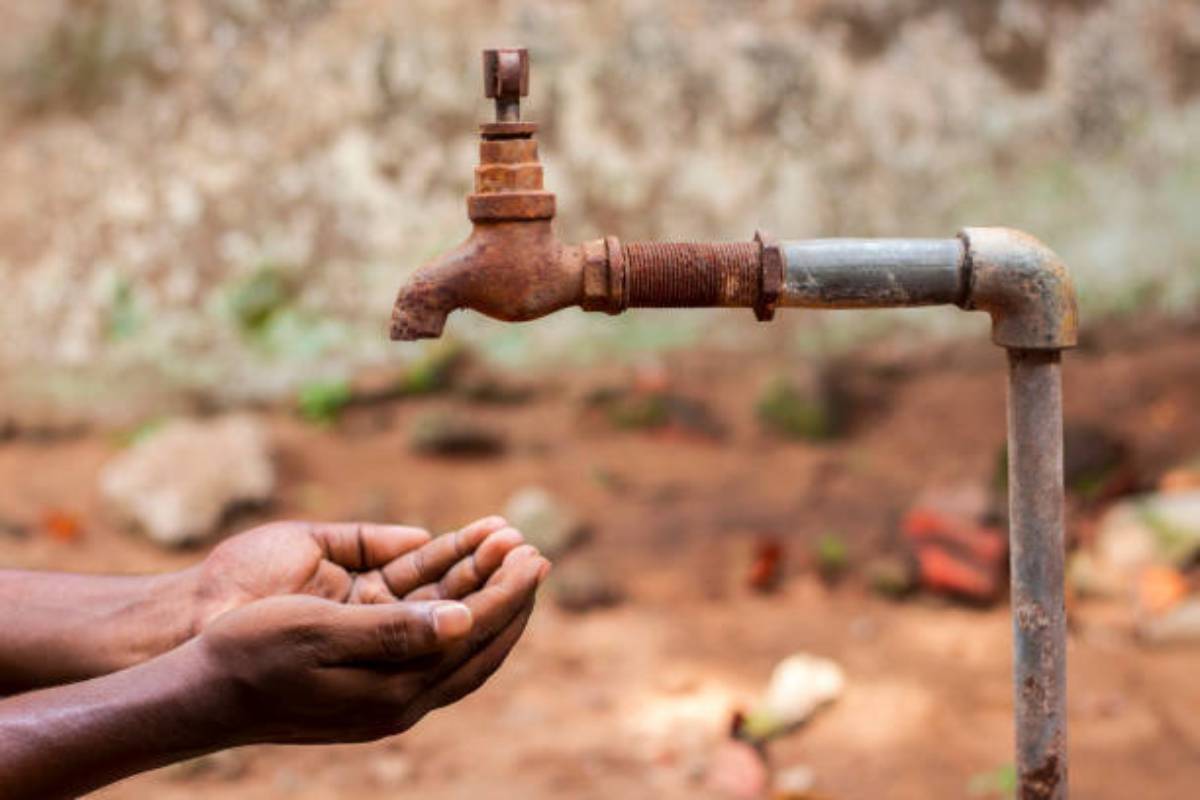Tariff Chaos
The recent back-and-forth on tariffs imposed by the US on Canadian and Mexican goods underscores the unpredictability of President Donald Trump’s trade policies.
Drought, a slow-moving phenomenon, can cause significant damage and displacement in affected communities, but its impact varies from region to region, which includes pivotal factors like the GDP of that region, a newly conducted study shows.

[Representational Photo : iStock]
Drought, a slow-moving phenomenon, can cause significant damage and displacement in affected communities, but its impact varies from region to region, which includes pivotal factors like the GDP of that region, a newly conducted study shows.
This study, conducted by Pohang University of Science and Technology (POSTECH), South Korea and published in the journal npj Clean Water, explored the global awareness of drought in three dimensions: local, remote, and global.
Advertisement
It finds that while drought incidence has not significantly changed in the past decade, global awareness has increased due to the growing interest in drought-related information, particularly online.
Advertisement
The advent of the internet and social media has made it easier for people to access information about drought, promoting global action. Long-lasting droughts significantly lead to severe impacts like water shortages, agricultural declines, and increased wildfire risks.
Local communities face challenges like crop irrigation, financial losses, and water rationing.
Economic and social pressures drive urgency for solutions and adaptation to changing conditions. The study revealed that countries with high GDP per capita have a higher awareness of drought, suggesting they are more responsive to the issue.
This is due to access to information, technology, education, and economic interests tied to drought-affected regions. Countries with high GDP per capita are more likely to seek information about drought conditions and their potential impact on the global economy.
Many developing nations are particularly susceptible to the effects of drought because of things like poverty, inadequate infrastructure, and restricted resource availability.
These regions cannot frequently respond to and lessen the effects of drought, which results in significant suffering and financial losses. The study gives an eagle-eye view of the current scenario but in no way is this the last word, things are subject to change because money is not a static thing.
Advertisement